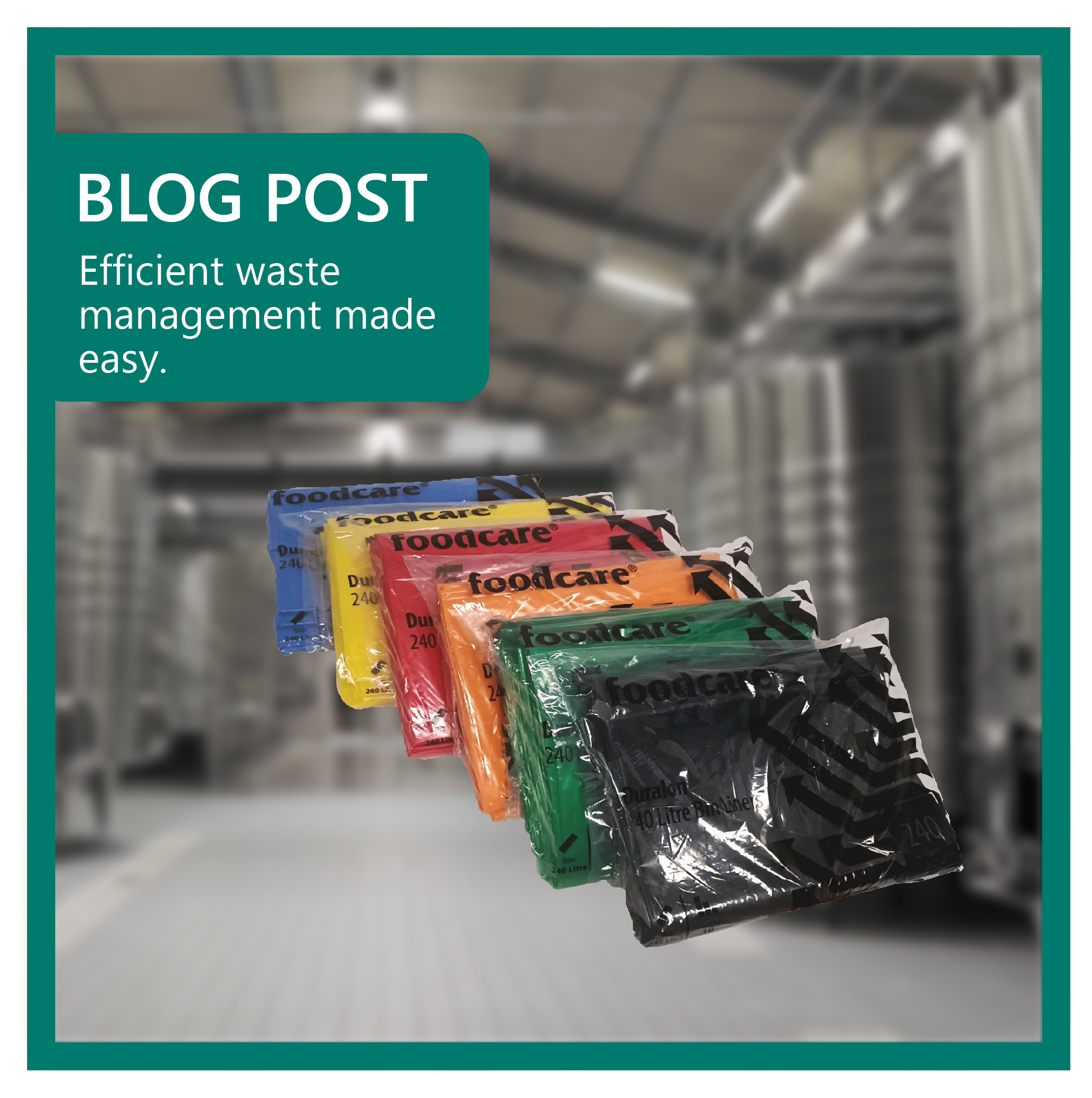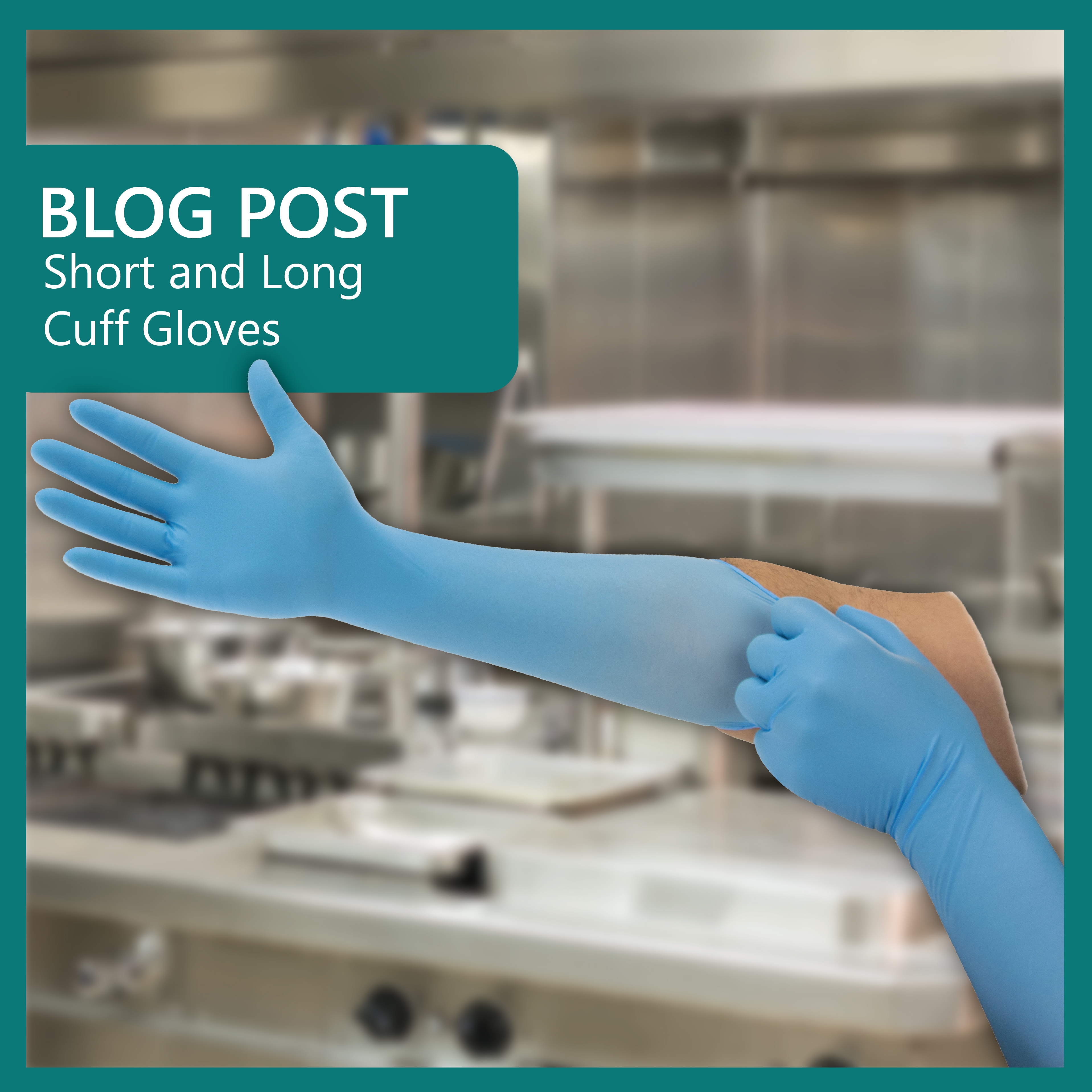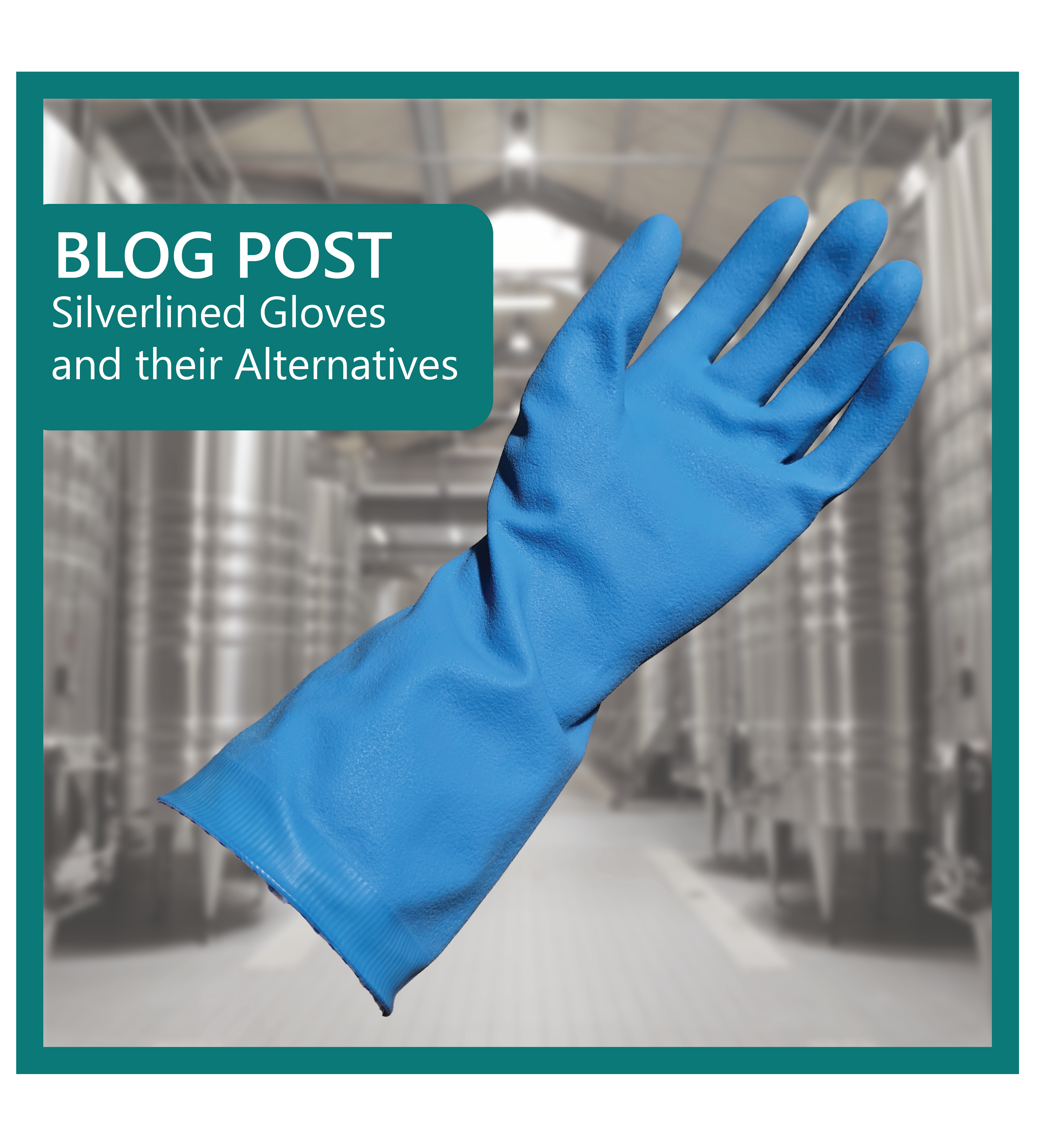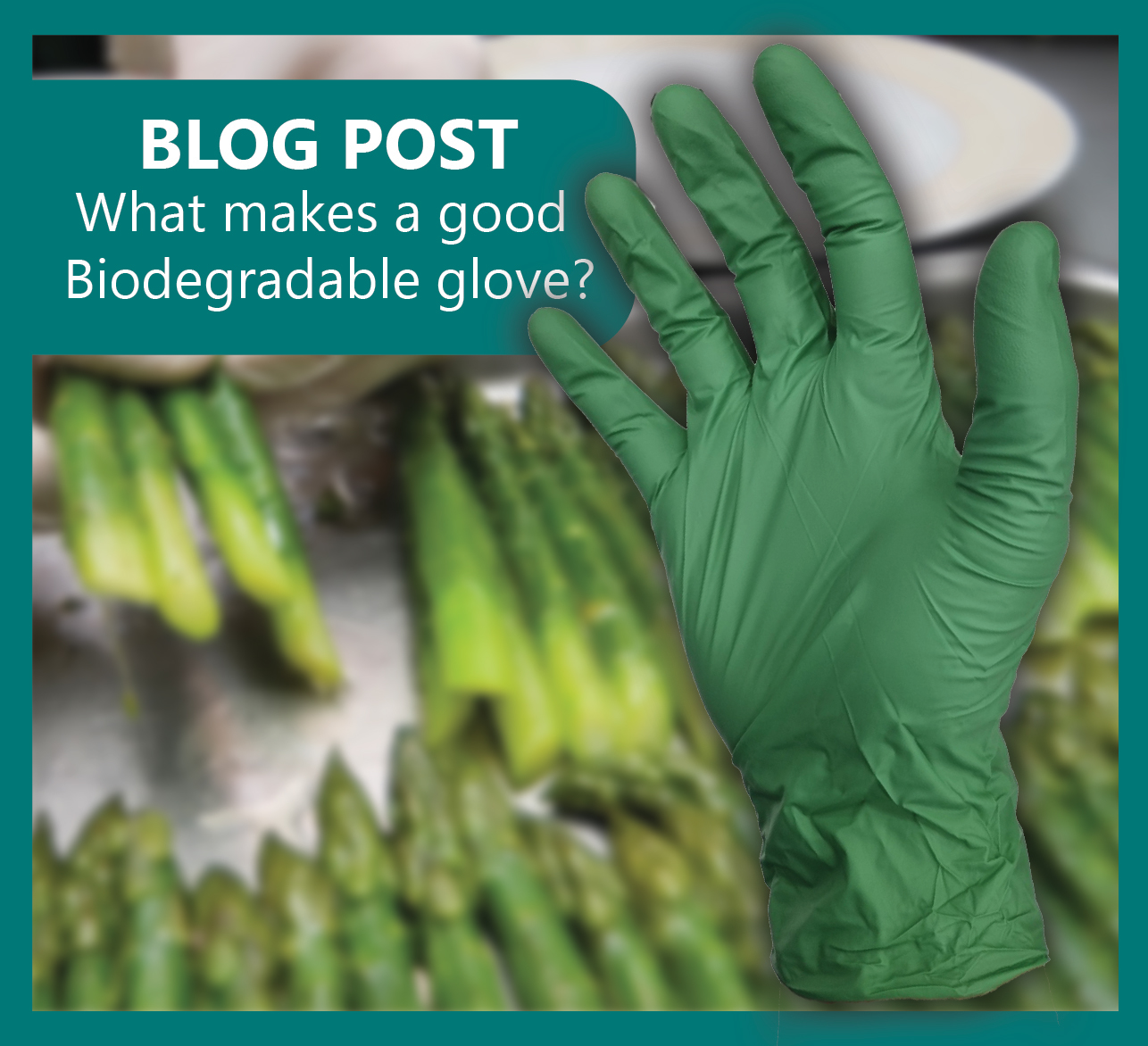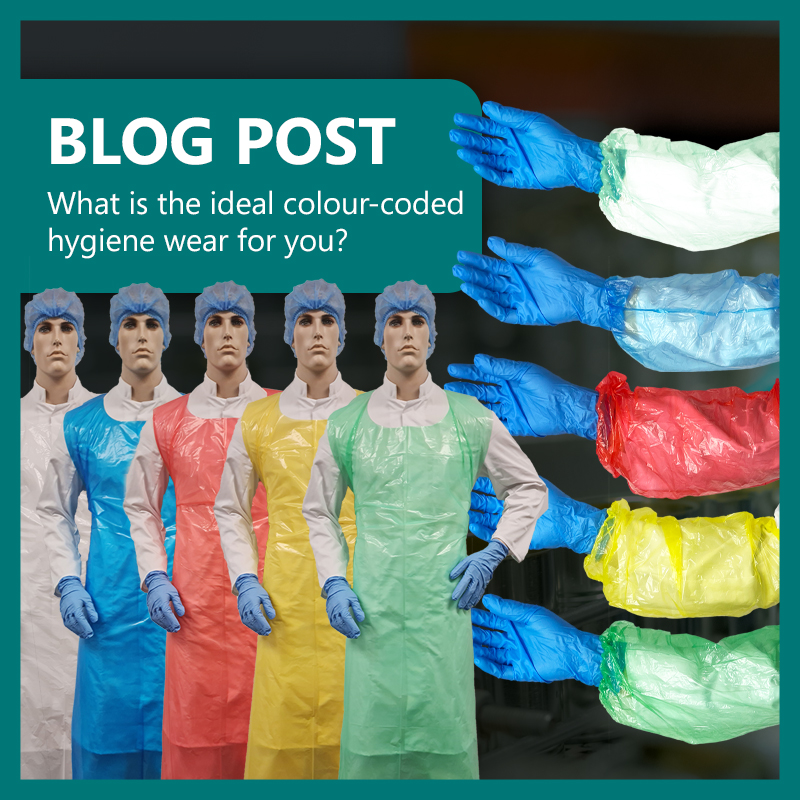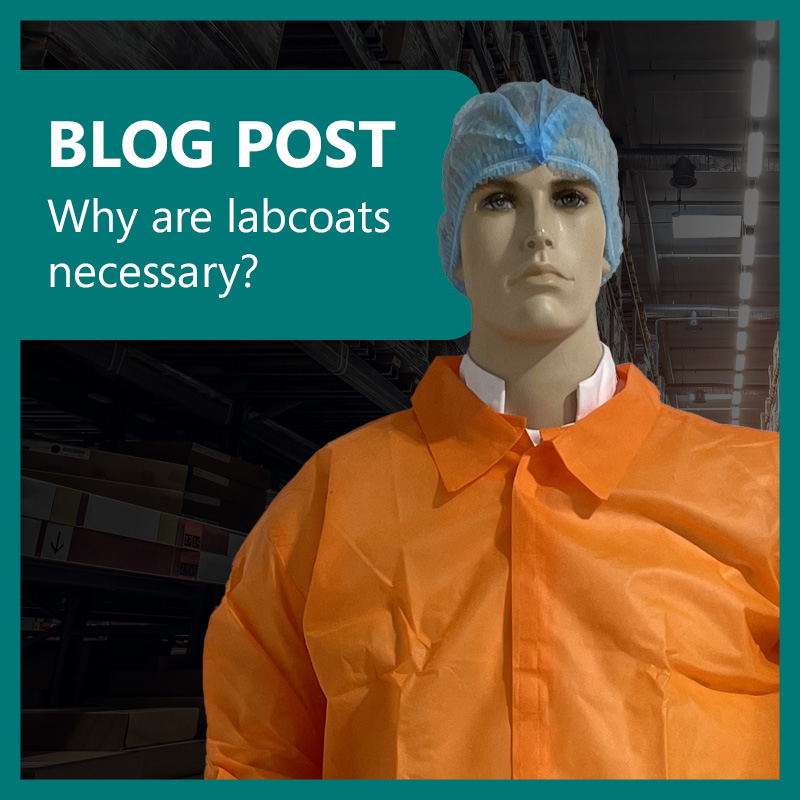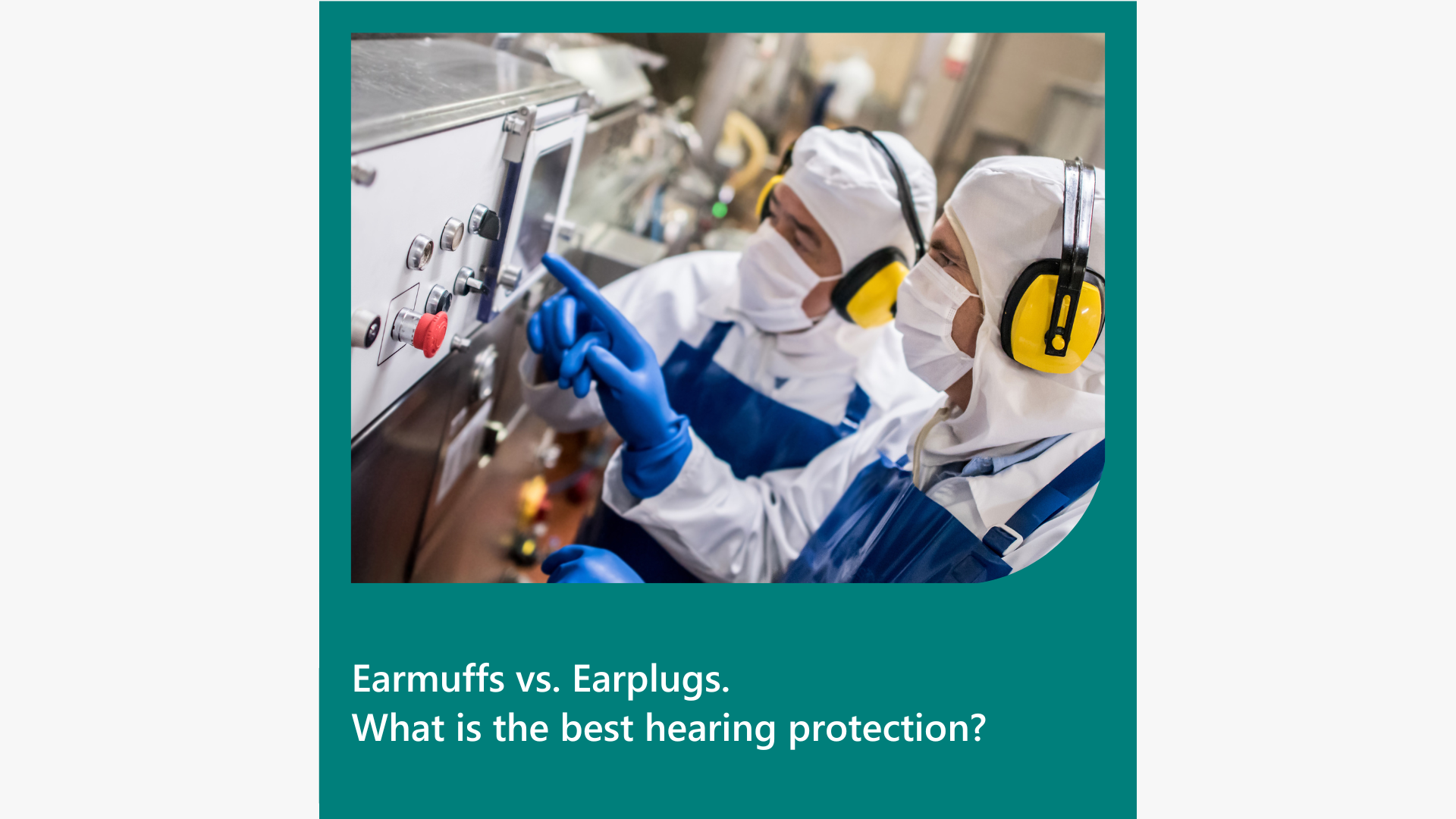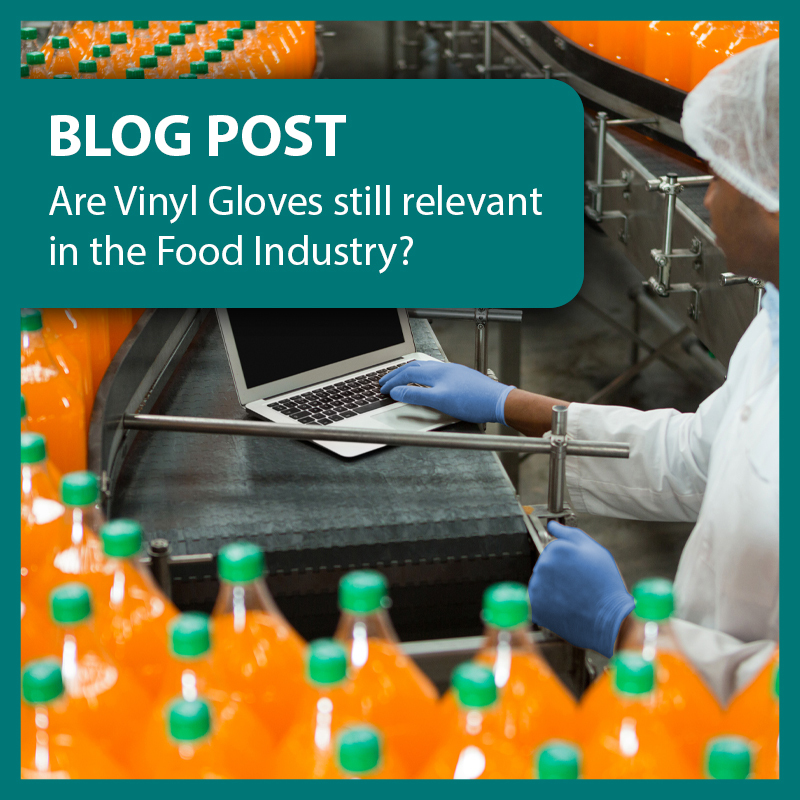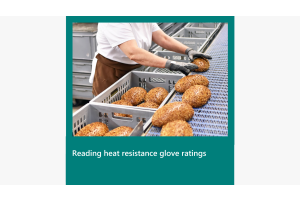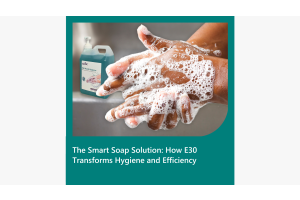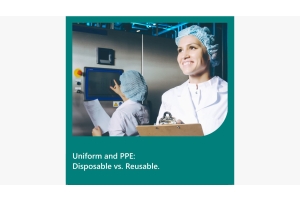Product Comparisons
-
Posted: April 26, 2023Read more »
Could your waste be of value?
Efficiency and time are crucial factors for the success of any production site, to meet efficiency standards while reducing environmental impact. Although waste is an inevitable by-product of production, utilizing coloured bin liners allows for more efficient management and disposal of waste.
How can coloured bin liners help?
Colour coding has proven successful throughout the industry, as its quick visual recognition allows employees to speedily distinguish between ingredients. This prevents any potential health hazards such as cross-contamination. Coloured bin liners could be utilised in this same way. For example, to segregate ingredients that can be reused, recycled, composted, or that are potentially harmful.
-
Posted: March 13, 2023Read more »
In the food processing industry, choosing the right type of glove can be a challenging decision, as it is one of the most critical food processing consumables. Often However, the length of the cuff is a forgotten consideration. Explore the differences between long cuff and short cuff gloves and help you determine which one is right for your food processing needs.
Short cuff gloves, or standard cuffs, are typically 240mm (from cuff to tip of middle finger) and normally extend to the wrist.
Long cuff nitrile gloves are typically 280-300mm long (from cuff to tip of middle finger). Extending past the wrist.
Extra-long cuff are also available, ranging from 400mm and even up to 600mm. These gloves can extend up the arm, often up to the elbow or even higher.Which One is Right for You?
Disposable gloves are used in such a vast array of circumstances, across many industries.
There are many subtle differences in gloves,
-
Posted: February 23, 2023Read more »
In the food processing industry, workers are often exposed to various work environments that require different types of personal protective equipment (PPE) to maintain hygiene standards. Among the body parts most susceptible to harm are the hands, which are prone to burns, cuts, and exposure to harmful chemicals.
To facilitate easier hand insertion, a grey-coloured coating is applied on the inside of rubber latex gloves. So-called silver lined gloves are generally thicker and offer better resistance to chemical and abrasive hazards than disposable nitrile gloves, making them a good choice for tasks that require heavy-duty protection. They also have better temperature resistance than disposable gloves.
Although silverlined latex gloves are an excellent option for protecting against these risks, a small percentage (less than 1%) of individuals may experience allergic reactions.
-
Posted: January 16, 2023Read more »
Why is biodegradability so important?
Biodegradability is a crucial aspect to consider when it comes to protecting our environment and reducing the amount of plastic waste that ends up in landfills. Biodegradable plastics break down into natural substances like water, carbon dioxide, and biomass, rather than persist in the environment like traditional plastics. This helps to reduce plastic pollution and its negative impact on ecosystems and wildlife.
It is important to note the difference between oxo-degradable and genuine biodegradability. Oxo-degradable plastics contain additives that cause them to break down when exposed to certain environmental conditions, such as heat and UV light, but they do not break down into natural substances and can persist in the environment for a long time.
Although disposable gloves are essential for maintaining food safety and preventing the spread of germs and bacteria, the number of gloves used and discarded is substantial, and
-
Posted: October 04, 2022Read more »
Metal detectable products are becoming increasingly common within the food industry, It is essential to understand the different features and how they can impact you. As always, the priority is ensuring the highest standards of safety are maintained. Pen features vary significantly, so choosing the right pen to suit your needs is essential.
Here are some factors you need to consider when selecting your metal detectable stationery.
Is the most detectable pen the best option?
While it may sound counterintuitive, the pen made from the most detectable plastic might not be the best option. Small amounts of ferrous material are added to the plastic mix to make plastic detectable. Simply put, the higher the ferrous material in the mix, the more detectable the plastic is. However, this both makes the
-
Posted: September 12, 2022Read more »
PPE and Hygiene are indispensable in the food processing industry. The purpose of hygiene wear and PPE are quite different to one another; hygiene wear is disposable clothing designed to keep the food free from contamination; protecting the task from the wearer whereas PPE protects the wearer from the task. These products can occasionally satisfy both purposes. For instance, a disposable poncho protects the wearer from splashes while preventing matter from falling off their clothes.
Colour, as we know, plays a critical role in preventing cross-contamination and controlling allergens. Most hygiene wear is available in blue and or white, but many come in additional colours such as red, yellow, and green. Purple, pink, orange and black are unique colours and can further signify different roles or tasks.
It is crucial, however, not to overcomplicate your colour-coded system. Colour coding works due to its quick visual recognition and ease of interpretation - particularly
-
Posted: August 15, 2022Read more »
Hygiene wear is available in many forms within the food processing industry. Keeping the food pure and uncontaminated is of utmost importance. Labcoats are an indispensable product to ensure food is protected.
Labcoats act as a hygiene barrier between clothing and the task at hand. Many food production sites mandate labcoats. However, it’s hard to know which is preferable, disposable, or reusable. While both have advantages, the primary purpose is the same. It comes down to whether you prefer to purchase a uniform for your team members and are willing to launder it or choose to have disposable lab coats which cover your team’s usual clothes.
With disposable wear, don’t forget to purchase larger sizing to account for regular clothing underneath. Labcoats are designed to be efficiently made, so shaping is limited, this means bigger sizes can be comfortably worn.
The primary purpose
-
Posted: July 11, 2022Read more »
What is the best hearing protection?
Hearing protection may be necessary if machinery is used in your processing plant. Hearing protection is critical to reiterate due to its long-term impact on your team members.
Hearing protection is beneficial, but what is the best option?The two most common types of hearing protection are earplugs and earmuffs. Earplugs are inserted into the ear, while an earmuff is worn over the head and covers the ear. However, both can leak noise if not correctly applied. Earmuffs are cost-effective and reusable, but the hygiene excellence of earplugs is unsurpassed.
Earmuffs- Compliance – It is easier to check visually that they are in place and worn correctly.
- When appropriately worn – they are a secure fit, and there is a lower risk of them falling off and into food products.
- Reusable – cost-effective although less hygienic
- Easier to
-
Posted: June 24, 2022Read more »
Most (if not all) of those who work in the Food Processing industry is familiar with hairnets. They can also be referred to as bouffant or mob caps, berets, or even caterpillar or crimped hats. The primary purpose of a hairnet is to prevent hair from falling into production. There can also be vast differences between the various types of hairnets.
Here is a list of the standard features across the various types of hairnets to help ensure maximum hair containment:
- Size
- Shape
- Material
- Weight of material
- The elastic
- The weld
- The colour
- Packaging
How can these features impact you?
Firstly, the size. The size depends on the amount of hair which will determine the size hairnet required. The two main measures are 21” and 24”; team members with long hair will find 24” hairnets are more suitable as they hold the weight more comfortably. -
Posted: June 10, 2022Read more »
What is a vinyl glove? A vinyl glove is made from Poly Vinyl Chloride (PVC). It is typically a cheaper quality thin glove which is worn in instances where regular changing of gloves is required. Usually due to environments where multiple ingredients in use, cannot mix and become contaminated.
Vinyl gloves have gradually been replaced with Nitrile gloves. Nitrile is a synthetic rubber which is stronger, thicker and food safe.
Vinyl gloves are not as popular as they were, due to their quality. The material tends to be less elastic and breaks frequently, often when first donned. In addition to this, the material is slightly porous, meaning they can absorb moisture which is a contamination risk. However, as they are only worn for a short period of time, this often isn’t too serious.
A mixed vinyl and nitrile glove is often more appropriate as the quality is enhanced. Besides the strength the glove is more flexible, this means donning the glove

